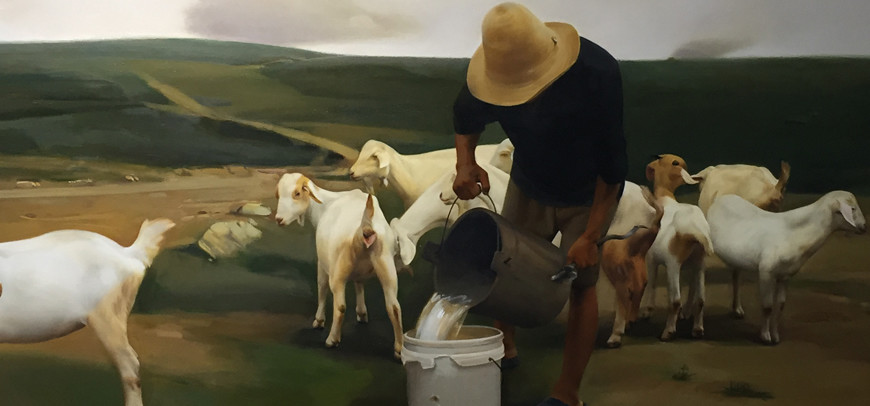
到訪第四屆全國中青年油画展(深圳)
The fourth National Youth and Middle-aged Oil painting Exhibition (SZ) March 2016 Continue reading 到訪第四屆全國中青年油画展(深圳)

The fourth National Youth and Middle-aged Oil painting Exhibition (SZ) March 2016 Continue reading 到訪第四屆全國中青年油画展(深圳)
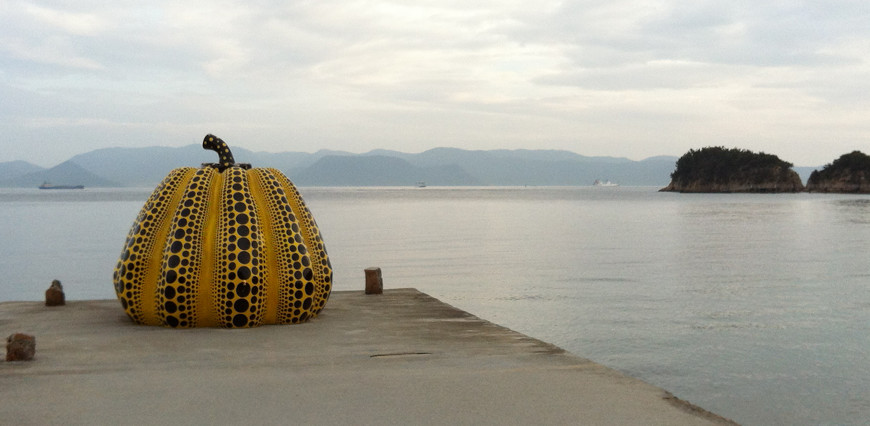
It was not until 2014 when I planned to stay for a longer while in the fascinating city Kyoto where I had been for a couple of times, trying to take a different, more comprehensive approach on my art journey. I am always interested in exploring more opportunities to learn and capture the sense of Wabi-Sabi and its philosophies that I want to employ and incorporate in my artwork. I believe … Continue reading Kansai & Seto Inland See in Art 2014 by Samues Leung
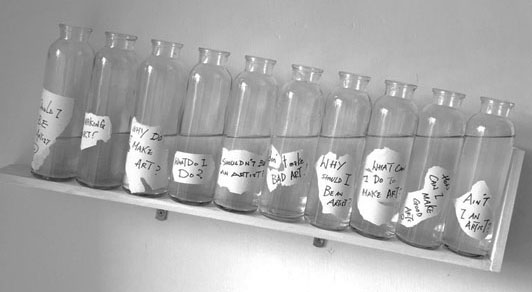
Abstract Metamodernism was first introduced in 2010 by cultural theorists Timotheus Vermeulen and Robin van den Akker as a way to understand the current condition of human philosophy that has befallen us in the wake of the decline of postmodernism.[i] Alan Kirby says postmodernism is dead and buried. Many theorist and critics said postmodern is over because new generations of artists increasingly abandon the aesthetic … Continue reading LITERATURE REVIEW – NOTES ON METAMODERNISM
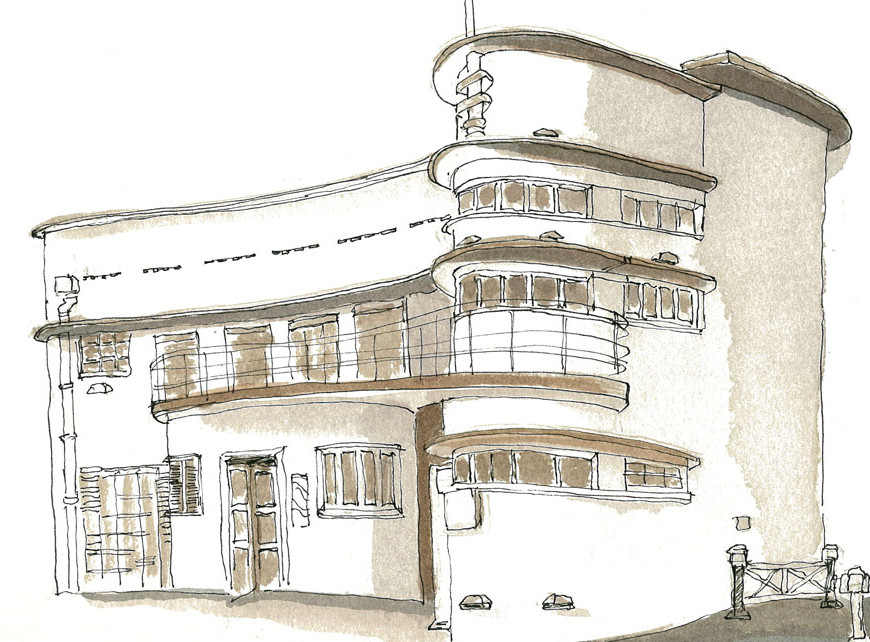
Art Deco style in a “vehicle” of Design and Architecture The creative impulses of Art Deco leave a trademark in buildings established during the glamorous Jazz age from mid-1930’s to 1940’s. These buildings have remained a heritage of architecture up to nowadays and have never failed to impress us with the fine nuances of Art Deco in various forms, from the highly decorative classical form … Continue reading The Spirit of Art Deco (watercolor drawing on paper)
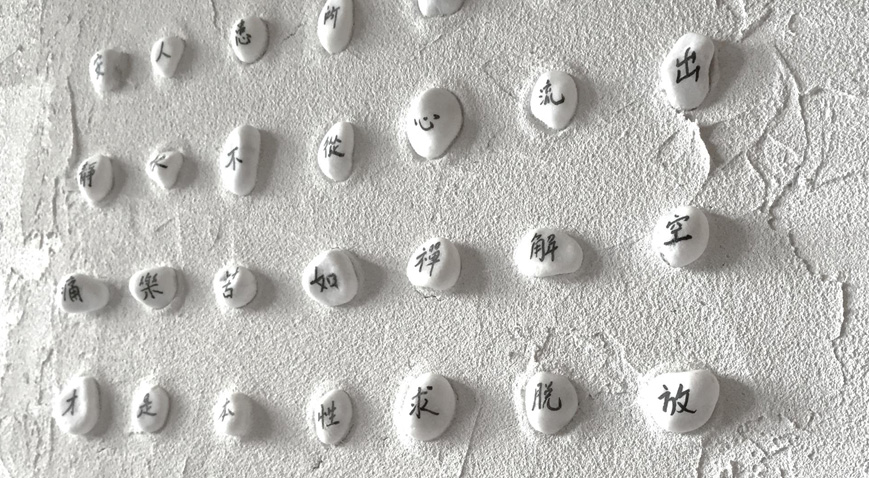
There are 5 pieces of Wabi-sabi work, sharing the same texture of canvas foundation, which is made with a mixture of sand and acrylic. Using sand as a medium has a philosophical, “Wabi-sabi” dimension to it. The way that sand slips away from the slits between our fingers when you try to grasp a handful reminds us that nothing in life can actually be grasped, … Continue reading Zen on Sand (multi-media on canvas)
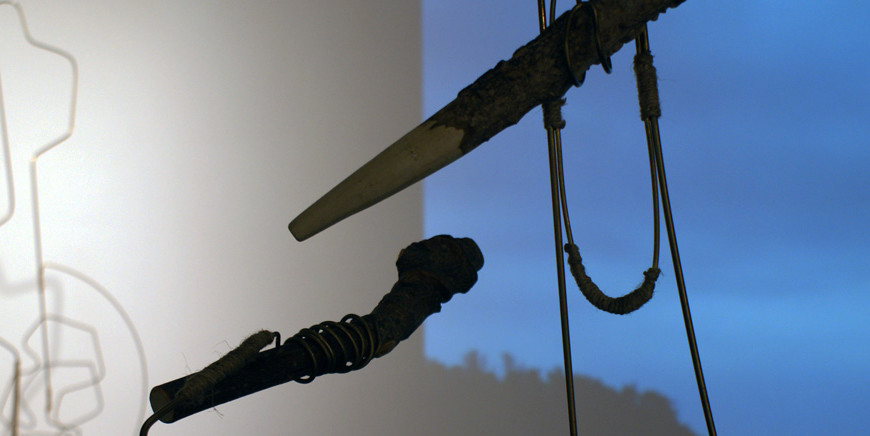
The swirl and flow of memory are represented by brushstrokes of dark ink, stark and intense, whereas the thread is the linearity leading to our hidden memory, which is represented by the intricate fabric-like texture, deliberately portrayed to be standing out from the rest of the painting. The broken rope represents the inconsistent state of memory. The rope is more visible in the … Continue reading The Hidden Memory
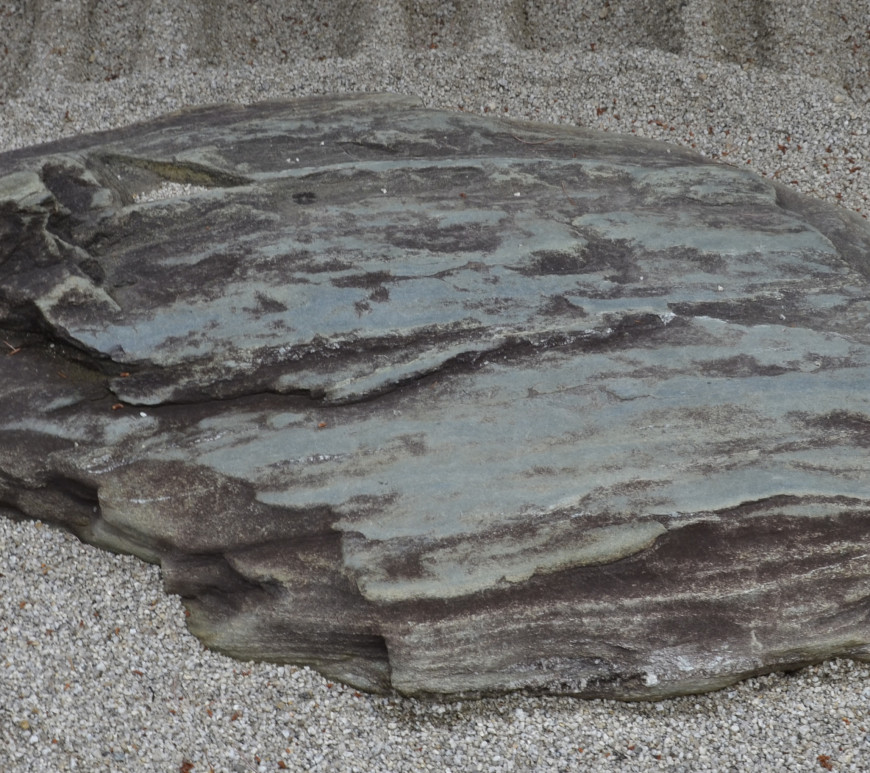
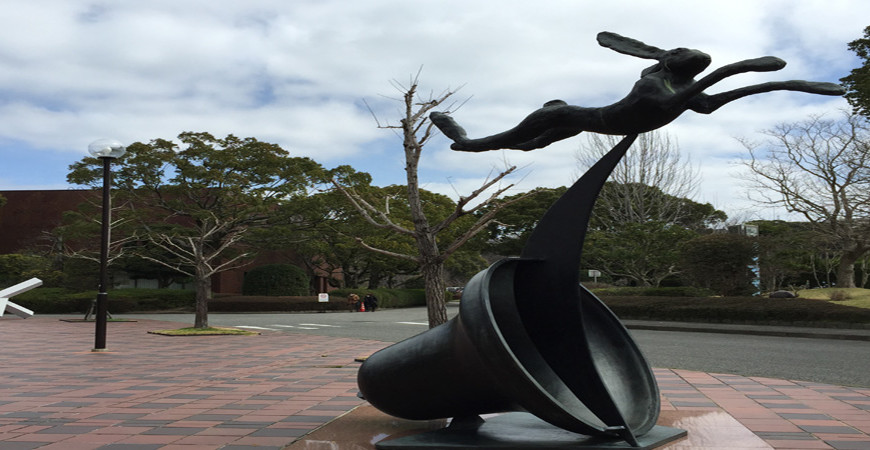
擁有屬於自己的畫廊是不少藝術愛好者的夢想。每天欣賞和分享喜歡的藝術品,何其寫意?只是,這或許是個美麗的幻想而已。當一個人把藝術作為事業或靠它謀生,就必須明白經營畫廊並不等於挑選幾幅佳作掛於客廳。因為除了個人喜好和與眾分享,這還是一門商業經營,要有資金才能生存。也因此,畫廊絕不能無視市場溝通的重要性。
商業的藝術是商品與顧客之間的溝通。這套用在藝術品與觀賞者的關係上,畫廊便成為兩者間不可缺的橋樑。「經營 畫廊是希望它能連繫藝術家與觀賞者,成為藝術創作與市場的橋樑。作為藝術家,跟本地市場溝通是必要的。」 Continue reading 在畫廊與藝術家之間
While art play is personal and romantic, running an art business is often not. Calculation and business strategy count to the success of the business. Meyer has suggested that the organization of gallery business is like a highly complicated matrix where marketing strategies become very important. Meyer addressed this business model specifically to the operation of a gallery as he sees art products are special … Continue reading Marketing Model of Art Gallery Business